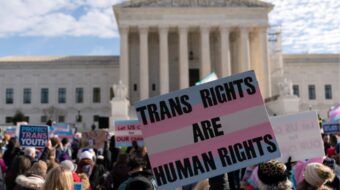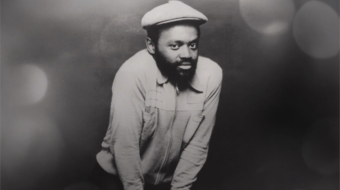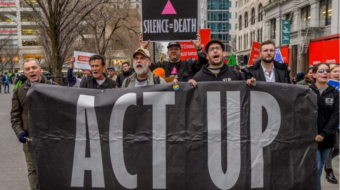
March 31 marked the 10th anniversary of International Transgender Day of Visibility (TDOV), a holiday that acknowledges the trans and gender non-conforming individuals who experience limited exposure in mainstream society. Celebrating and uplifting trans voices, media outlets highlighted “coming-out” stories of transgender youth.
For trans individuals, however, there is a contentious relationship between being “seen” and valued in society and being safe. Even within LGBTQIA+ communities, trans people often feel compelled to utilize stealth methods as a form of survival, a tactic often referred to as “passing.”, Some choose to hide their gender identity in order to safely navigate public spaces.
According to a survey conducted by the National Center for Transgender Equality, one in four transgender people have been assaulted because of their gender identity.
The Trump administration has also been relentless in implementing anti-trans policies; it announced the Armed Services will begin discharging transgender military members starting April 12.
Black trans activist, Miss Major spoke on the complicated dynamics of publicly existing as a trans person. “I have some issues over this ‘day of visibility,” she said over Facebook video. The 78-year-old serves as the executive director of the Transgender Gender Variant Intersex Justice Project which aims to assist transgender persons who are disproportionately incarcerated under the prison-industrial complex. “For most of us, especially black girls, we are as visible as we need to be,” she says, adding, “Our visibility is getting us killed.”
Just one day prior to TDOV, a transgender woman was shot and killed in the Washington D.C. area. The victim was identified as 27-year-old Ashanti Carmon, a Black sex worker from Richmond Highway in Alexandria. This incident and countless others like it serves as a reminder of the high cost of being “visible” in a transphobic society.
Exposure threatens a multitude of risks for trans individuals. They often draw attention from legal authorities due to disproportionate rates of poverty, homelessness, discrimination, and involvement in sex work. According to studies conducted by the National Center for Transgender Equality, 16 percent – nearly one in six – have been incarcerated at some point in their lives. The rate for transgender women is even higher – 21 percent. Incarceration rate for the general population of the U.S. is 0.7 percent.
The implicit bias of law enforcement drives the high rate of incarceration for transgender people. As agents of the state, police have a track record of enforcing homophobic mandates and legislation. Cops have been known to profile and target trans and gender non-conforming people, a practice that can traced as far back at the Stonewall Riots.
Even in high-profile cases, the mistreatment of trans prisoners is commonplace. Last month, Chelsea Manning, a trans woman activist who was originally imprisoned for leaking military information relating to U.S. military operations in Iraq and Afghanistan, was incarcerated for the second time. The whistle blower’s first sentence had been commuted by President Barack Obama in 2017 and she was released after serving seven years of a 35-year prison sentence.
However, Manning was recently subpoenaed to appear before a federal grand jury. She was found in contempt and jailed after invoking her constitutional rights in lieu of answering questions posed by government prosecutors. She said she objected to the “secret nature” of the grand jury process and insisted she had already revealed everything she knew. Manning’s legal team asked a federal appeals court to reverse the contempt ruling.
Trans inmates like Manning face harsh circumstances in the prison system despite their mainstream visibility. They are typically kept separated in solitary confinement and often denied access to medical care. Manning is reportedly going on almost a month in segregation – invoking outrage from human rights advocates all over the country. Rep. Alexandria Ocasio-Cortez (D.-N.Y.) recently tweeted about Manning, demanding her release and calling for a ban on the practice of extended solitary confinement.
The imprisonment of Chelsea Manning is just one example of a pattern of violence and discrimination in U.S. society against trans people. Transphobia is prevalent even within queer communities, where transgender and nonbinary individuals are often erased from discussions around LGBTQ rights.
While there are certainly benefits to the “awareness” aspects of transgender issues being brought to light, the stakes are high for a transperson “coming out.” The notion that it is a societal privilege to be “seen” by outsiders is only valid for those who are awarded protection with this visibility. It is not a privilege to be “seen” when being seen results in further disenfranchisement.
The recognition of trans communities must also be accompanied with the commitment to create systems that support, protect, and uplift transgender people.
Says Transgender Gender Variant Intersex Justice Project’s Miss Majors: “The people who care about us, who are involved in our lives, and know us, they are the people who need to become more visible. They need to acknowledge that we exist, claim and show that they support us.”










